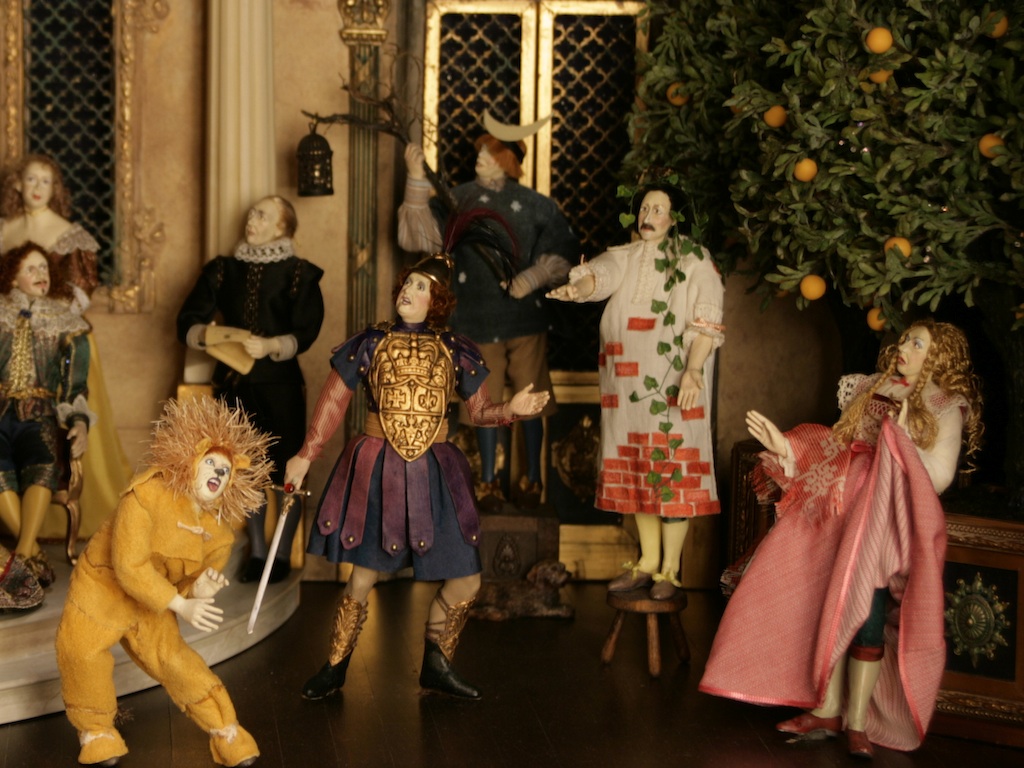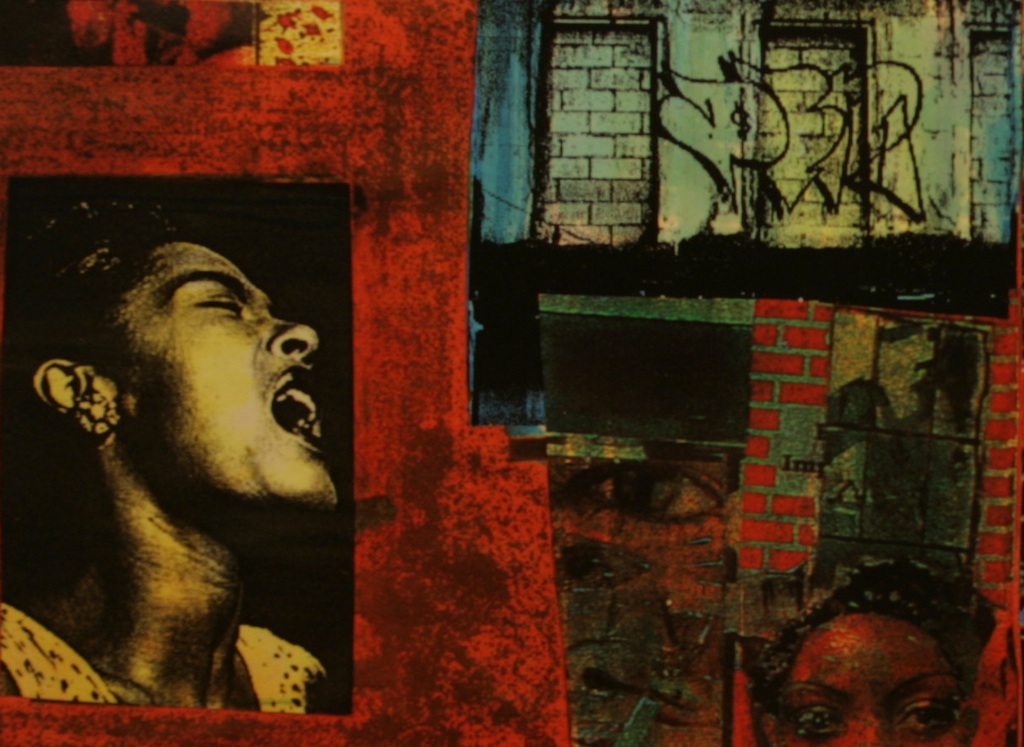Possible Worlds-Design

Possible Worlds-Designing for Shakespeare in Canada
Click the following links to access the Image Gallery and the Video Gallery
Canadian theatre designer and professor Pat Flood’s exhibit sheds light on Canadian productions of Shakespeare from the point of view of theatrical designs and designers. The works in this gallery span several decades and represent a wide range of venues, artists, styles, and materials from across the country. In using several modes of artistic creation—including designs with coloured pencils, collages, water colours, pastels, dyed rice paper, found materials, and India ink, as well as 3-D designs like masks, costumes, and set designs and maquettes—Canada’s design culture is shown to have adapted to multicultural influences and to be moving beyond the colonial heritage of British cultural predominance thus defining itself on its own terms.
 Theatrical design is often ignored as an art form, it is often thought of simply as an elaboration of a director’s ideas, rather than an artistic vision that plays a crucial role in defining how an audience experiences a play. Designers are in fact visual directors who, through collaboration with the director and playwright, clarify and enhance the playwright’s text through shaping light, spatial dimensions, sets, props, and costumes. The end product of great design, by its very materiality, breathes life into static texts and creates a stylistically rich and distinct imaginary world that supports the themes and interpretative gestures made in a specific production. Costume and set design are a significant space for developing the adaptive process–many adaptations of Shakespeare rely almost entirely on production design, including costume, sets, props and location, to situate an adaptive context while still utilizing the original script.
Theatrical design is often ignored as an art form, it is often thought of simply as an elaboration of a director’s ideas, rather than an artistic vision that plays a crucial role in defining how an audience experiences a play. Designers are in fact visual directors who, through collaboration with the director and playwright, clarify and enhance the playwright’s text through shaping light, spatial dimensions, sets, props, and costumes. The end product of great design, by its very materiality, breathes life into static texts and creates a stylistically rich and distinct imaginary world that supports the themes and interpretative gestures made in a specific production. Costume and set design are a significant space for developing the adaptive process–many adaptations of Shakespeare rely almost entirely on production design, including costume, sets, props and location, to situate an adaptive context while still utilizing the original script.
In Canada the origins of theatrical design are based on the British model, which acknowledges the predominance of Britain in shaping early Canadian theatre, and continues as a notable influence today. Canadian designers rose to prominence in the 1940s and have consistently moved away from the British model in both design and content. Notable precedents include Rolph Scarlett’s aesthetic and modernist approach to King Lear in 1928, and Herbert Whittaker’s distinctly Canadian design in 1961 for “Eskimo” Lear, in which he removed Lear from Britain and placed him in a recognizably Canadian location and culture. Recent Canadian designers have reflected the change in Canada’s cultural make-up and the corresponding movement away from traditional theatre, in such designs as Astrid Janson’s collages for Djanet Sears’ Harlem Duet, which was created in an Afro-modernist style, or Charlotte Dean’s 1995 non-gender specific King Lear, which used dyed rice paper as the basis for its androgynous figurings.
both design and content. Notable precedents include Rolph Scarlett’s aesthetic and modernist approach to King Lear in 1928, and Herbert Whittaker’s distinctly Canadian design in 1961 for “Eskimo” Lear, in which he removed Lear from Britain and placed him in a recognizably Canadian location and culture. Recent Canadian designers have reflected the change in Canada’s cultural make-up and the corresponding movement away from traditional theatre, in such designs as Astrid Janson’s collages for Djanet Sears’ Harlem Duet, which was created in an Afro-modernist style, or Charlotte Dean’s 1995 non-gender specific King Lear, which used dyed rice paper as the basis for its androgynous figurings.
Click the following links to access the Image Gallery and the Video Gallery
